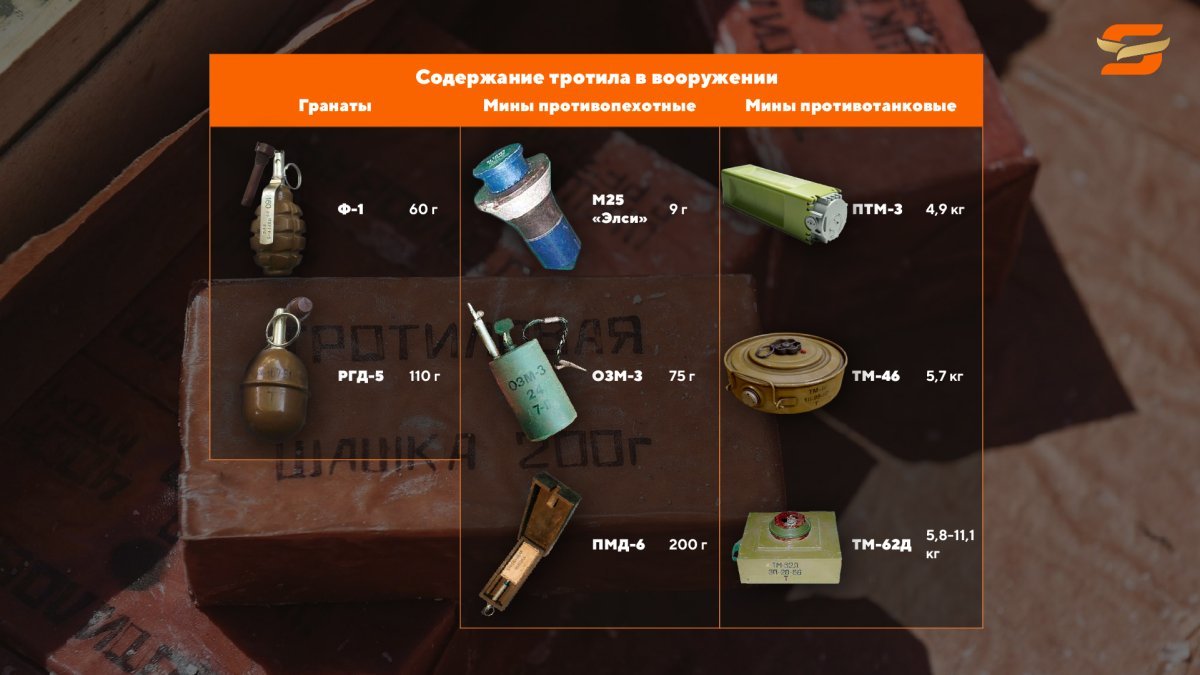TNT, short for trinitrotoluene, was first synthesized by the German chemist Julius Wilbrand in 1863.

In this Sarbaz.kz article, we will discuss the impact of TNT on human health, the consequences of an explosion, and its use in explosive devices.
TNT became the primary explosive used in munitions. It is less sensitive to friction and heat compared to many other explosives, such as dynamite. This property makes TNT convenient for the production of munitions, as it can easily be molded into the required shape through casting.
Trinitrotoluene (TNT) is one of the most common brisant explosives. It was first synthesised in 1863 by the German chemist Julius Wilbrand. Since 1902, the German and American armies started using TNT-filled munitions instead of picric acid. In Russia, industrial production of TNT began in 1909, following German technology.
The results of an explosion with various amounts of TNT are as follows:
Source: pexels.com